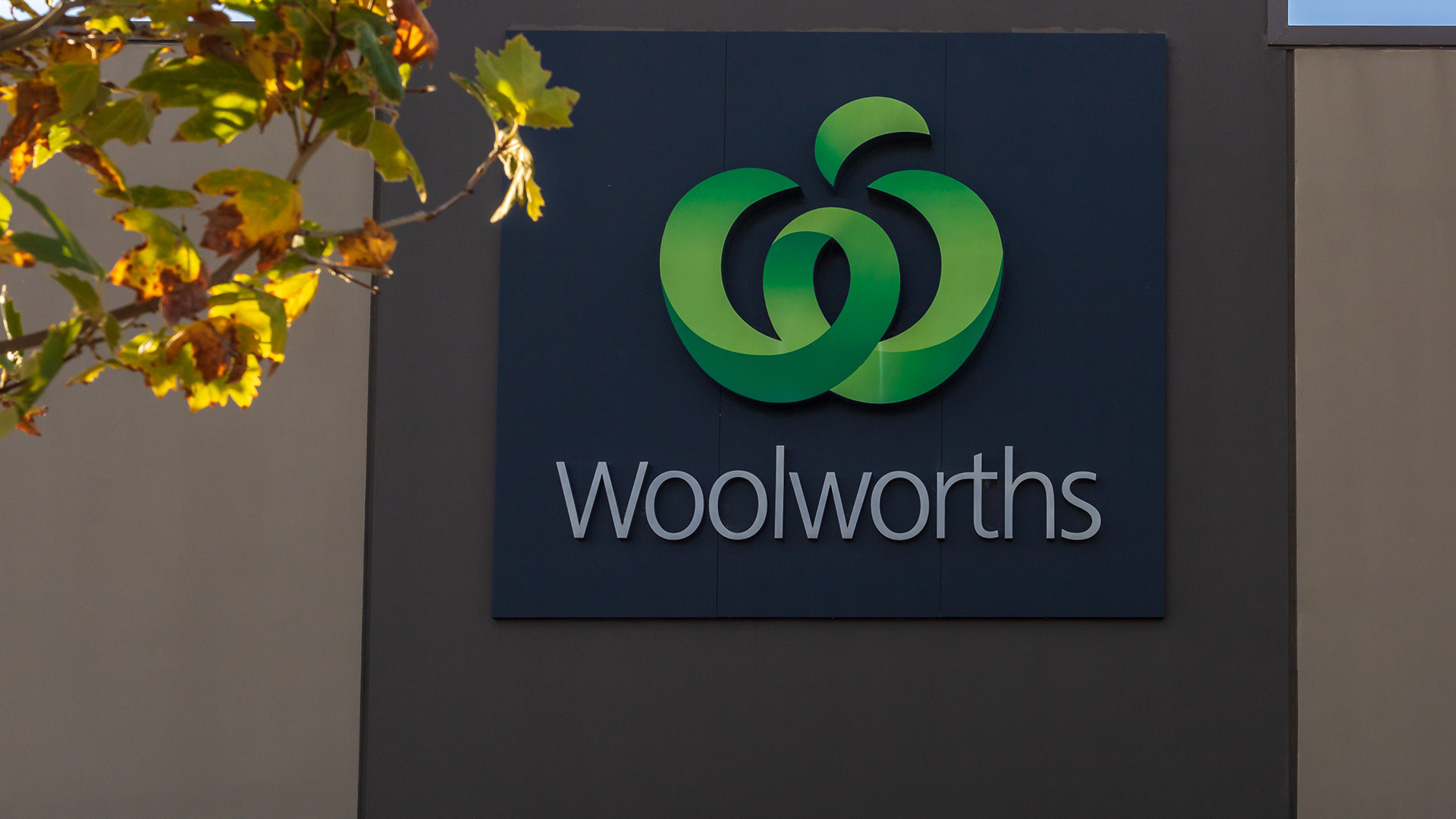Some commentators would have you believe that the country’s banks are about to fall on hard times as the eurozone problems lift the cost of money and make life generally tougher for financial stocks.
And bank managements like us to believe that as well, the Commonwealth Bank being the latest major to express these concerns.
And while it’s true the cost of money has risen in recent months to reach 2008 levels, the reality is that Australian banks are harvesting more and more money locally from continuing strong deposit growth, reducing the impact of the more costly offshore funds.
And while they point out that demand for loans is low or weak in the case of business borrowing, the reality is that much of the lending that is happening is being funded from local deposits.
In fact deposit growth continues to outstrip the growth in total lending.
Regardless of the so-called "headwinds" facing the CBA, a 9.4% rise in first quarter cash earnings to $1.75 billion was a pretty good effort, even if another fall in bad debt charges was a major factor.
But that in itself tells us a ‘good news’ story: even though parts of the economy are sluggish, such as manufacturing and retailing, the CBA sees no reason to boost bad debt provisions, based on the performance of its loan book.
That’s probably the most important takeaway from yesterday’s update.
That point was missed completely by commentators yesterday as they picked over the bank’s trading update.
CBA shares fell 71c to $49.15 yesterday as markets generally got another dose of eurozone shock.

The result came as the bank said it was holding more liquid assets given global economic instability, some $8 billion more at $109 billion.
The result for the three months to September compares with $1.6 billion reported a year ago and a $1.8 billion average from analysts.
The CBA said the tougher trading environment had resulted in lower quarterly trading income, of around $60 million less than the firm’s long-term average.
"Given the volatile operating environment and economic uncertainty, the group continues to retain its conservative business settings," CEO Ralph Norris said in yesterday’s statement.
"As we indicated at our full year results announcement in August, operating conditions remain challenging.
"The global economic recovery remains fragile, highlighted by ongoing sovereign debt concerns in the Euro zone and an uncertain growth outlook in the US.
"Whilst the Australian economy continues to perform relatively well, consumer and business confidence remains fragile, most noticeably reflected in subdued system credit growth.
"Against this background, the Group continued to perform well, highlighted by solid financial outcomes and continued improvements in customer satisfaction scores.
"At a time of lower credit demand, the effective execution of our strategic agenda and our continued emphasis on profitable growth is driving consistently good financial outcomes, positioning the Group well for future growth."
In a brief review of the quarter, the CBA said:
In an uncertain and volatile operating environment, the• Group has retained its conservative business settings, with capital, liquidity, funding and provisioning levels all remaining strong;
Effective execution of the Group’s strategic priorities• continued to drive good performance outcomes across the Group. The Group’s retail customer satisfaction ratings reached a record high in the quarter, with further improvements in products-per-customer, which continue to grow ahead of the peer group;
In an environment of subdued credit demand, the Group’s• focus remains on profitable growth in each of its key markets;
Revenue growth trends remain broadly consistent with• those outlined in the Group’s full year results in August, though market volatility impacted Trading Income, which was approximately $60 million below the long term average in the quarter;
Underlying Group Net Interest margin (ex IFRS) declined marginally in the quarter due to higher liquid asset holdings. Competitive intensity and the sustained elevation in wholesale funding costs continue to place pressure on margins;
Expense growth in the quarter reflected the impact of salary increases from July and ongoing strategic investment in the business;
Credit quality trends remained positive across key indicators, with further improvements in impaired assets, troublesome exposures and consumer arrears;
Total impairment expense was lower at 19 basis points of total average loans, or $256 million in the quarter;
Given ongoing economic uncertainty, economic overlays have been retained in the loan impairment provision, with total overlay provisions stable this quarter;
Asset growth remains largely deposit funded, with household deposits growing strongly through the quarter.













